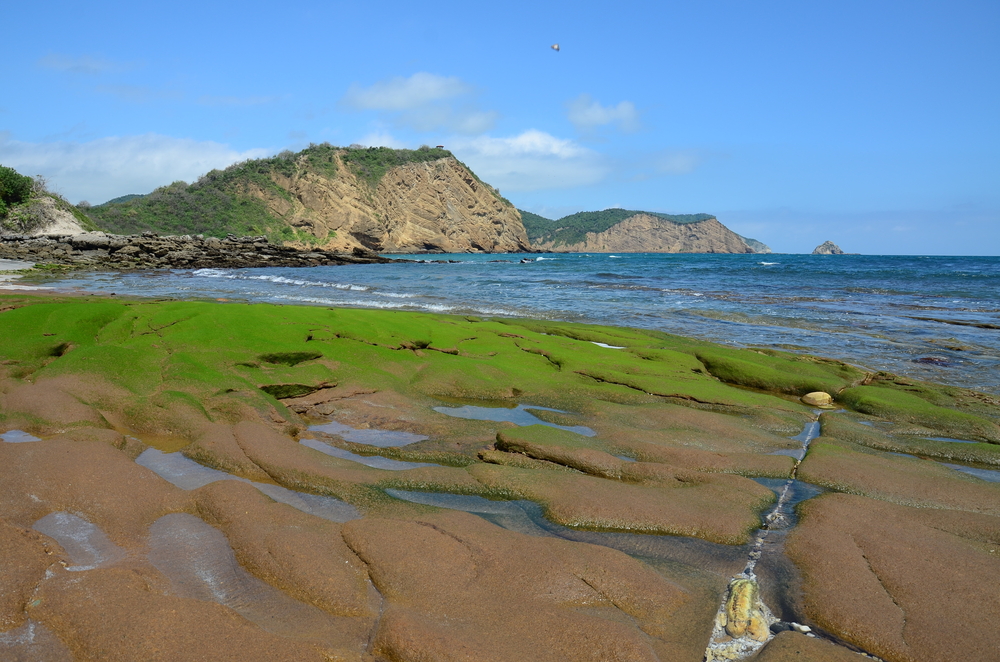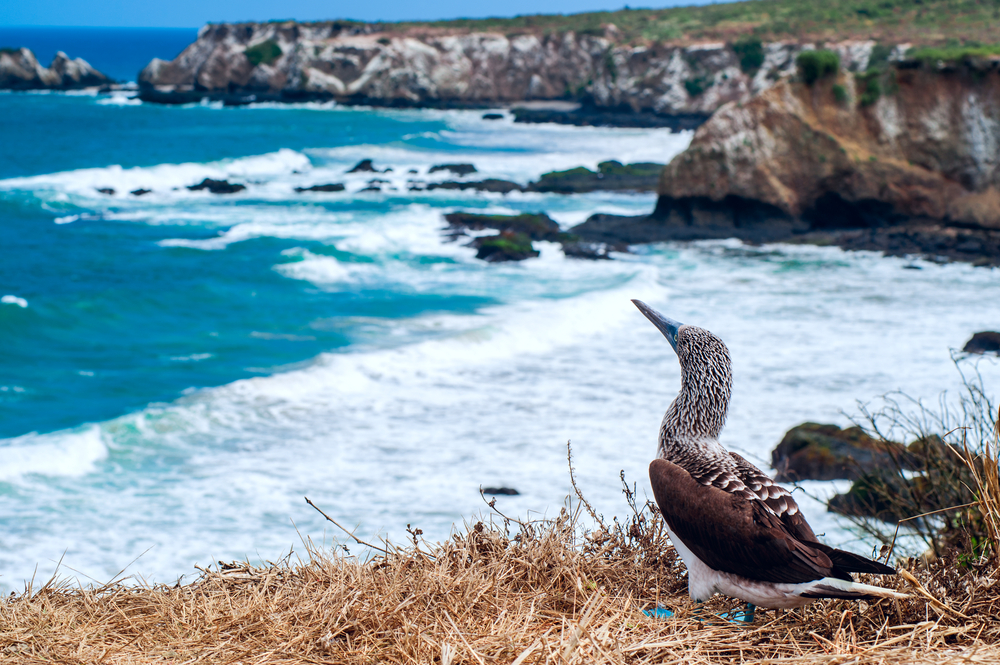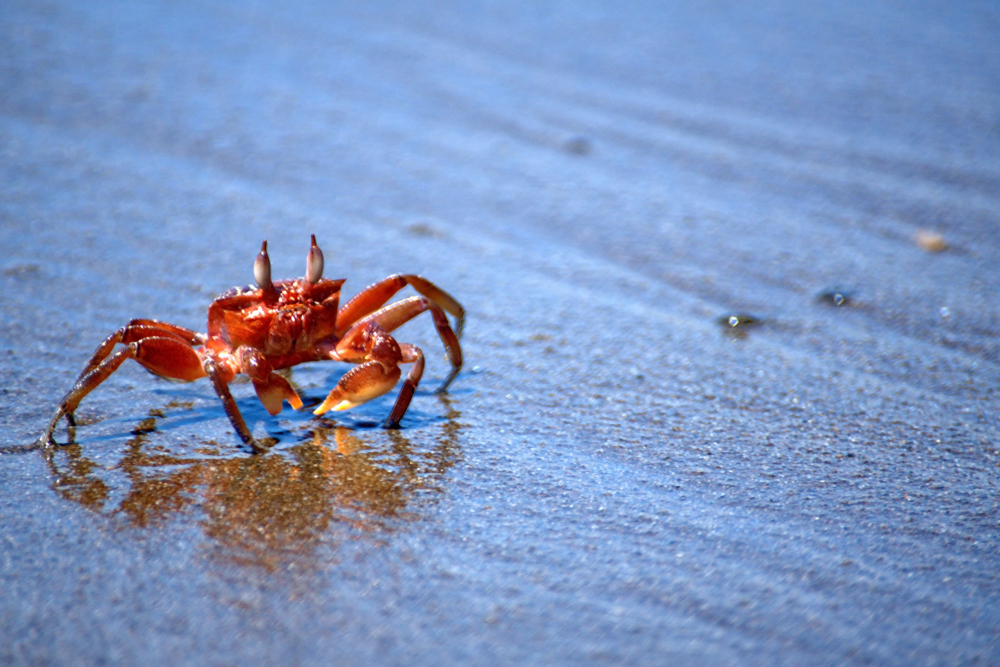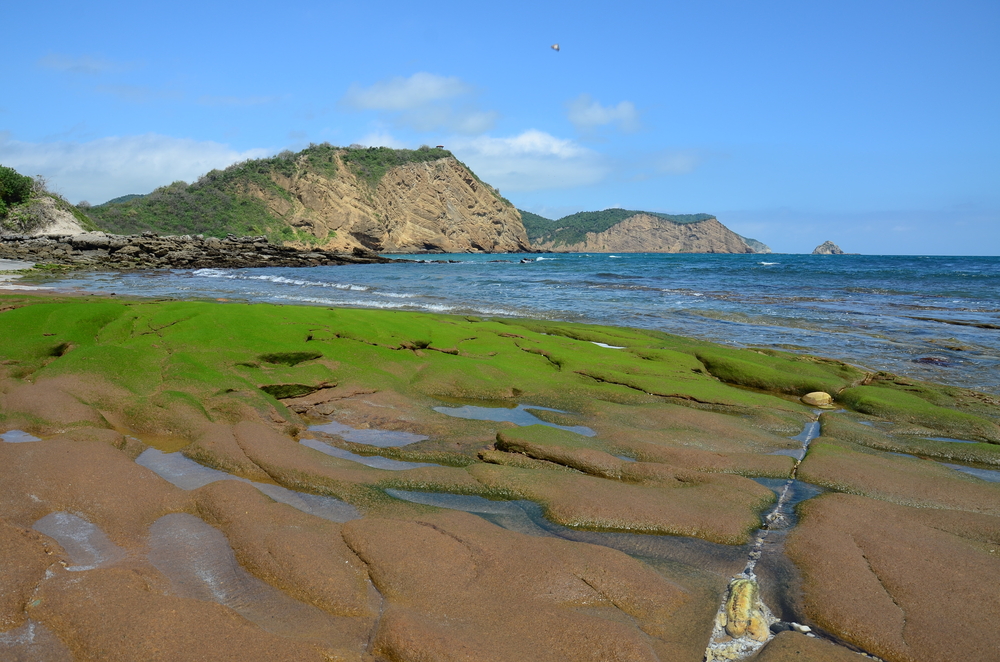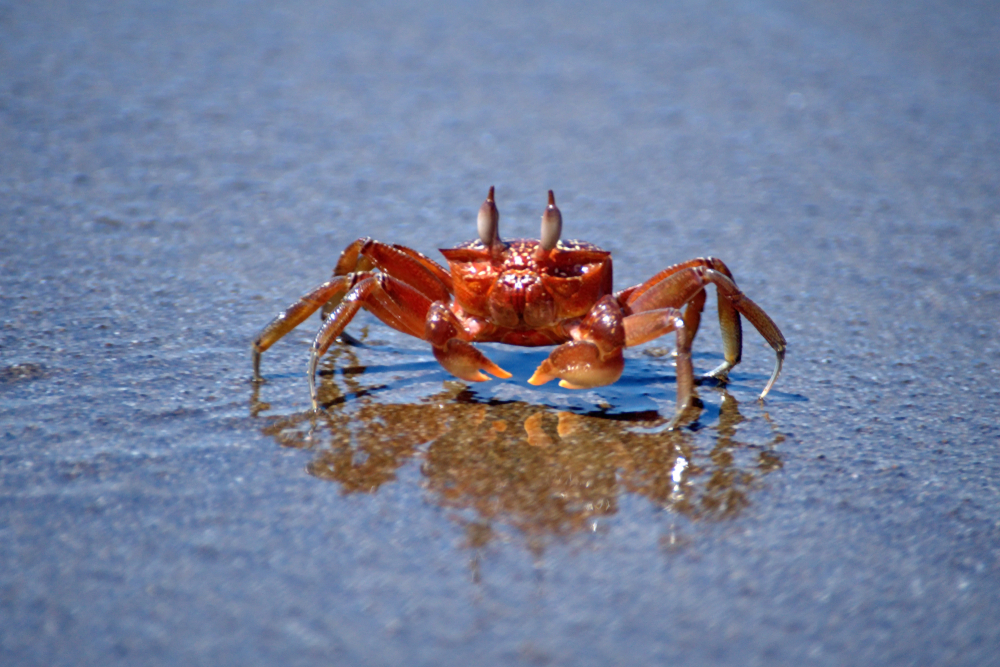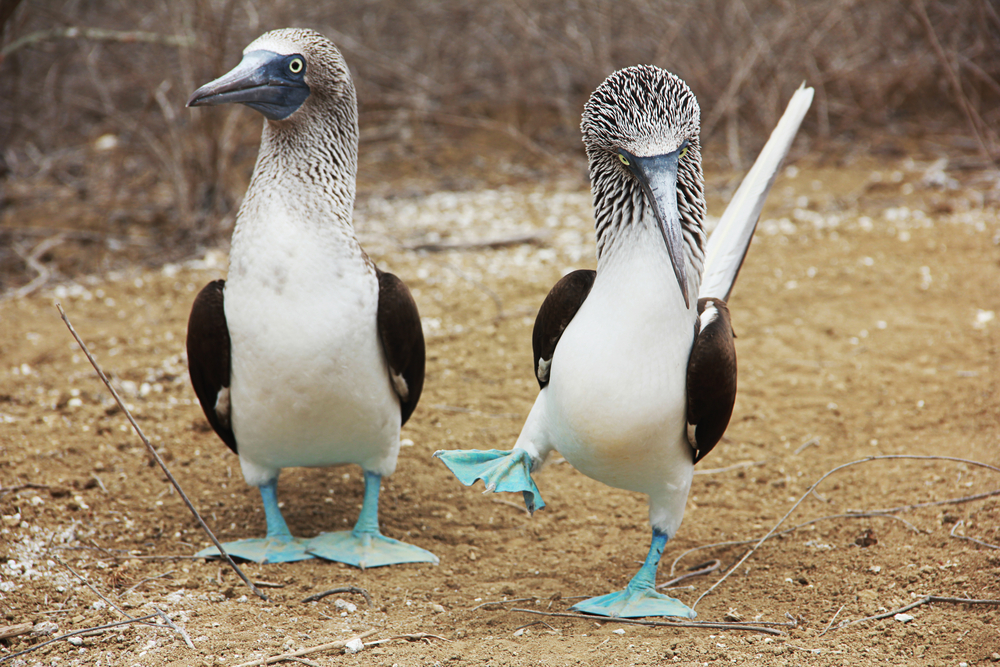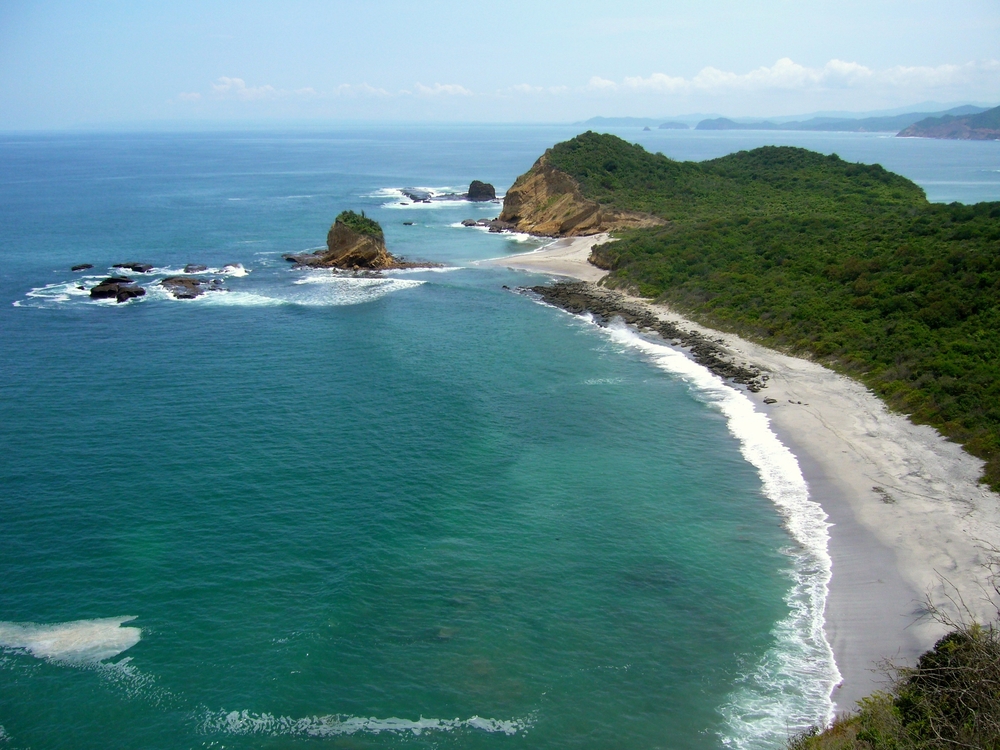Machalilla National Park is located along the coast in the far western side of Ecuador. The park covers an area of 289.8 square miles (750.59 sq km).
The national park is comprised of forest diversity that includes both dry forest and fog forest. Additionally, the park covers the shoreline and beaches, a handful of islands, and some ocean waterways off the coast.
The scrub desert vegetation includes Opuntia cactus, algaroba trees, kapok trees, and palo santo trees. The varied habitats of the scrub desert, dry forests, fog forests, coastal islands, and the marine waterways give way to various wildlife that calls the park home.
Birdwatching is one of the park’s common attractions, with over 270 species of birds migrating or nesting in the dry forest. The Peruvian screech owl, toucan, Golden-olive woodpecker, green macaw, and the whooping motmot are some of the coveted sightings.
Younger visitors often like to see the armadillos, iguanas, and monkeys scattered across the area. Although, they are often most excited if they get to see humpback whales splashing in the ocean. Although difficult to see because of their elusive behaviors, jaguars are in the area and a wishful wildlife sighting.
Photos
Things to See
Machalilla National Park Trails
Hiking on the beach, the islands, and around the area is a popular activity. The area is more known for its beach activities, including snorkeling and scuba diving. However, hiking is a welcomed and enjoyable activity.
Park Protection
Machalilla National Park was created to protect the various vegetation and habitats and the marine environment, which has been well established as breeding grounds for humpback whales and other wildlife on land and in the sea.
The park is also protecting the tropical scrub desert, which is disappearing across the country. It is also protecting the endangered tropical dry forest. Poaching, deforestation, and commercial fishing are all threats affecting the wildlife’s survival calling the area home.
The park is recognized as a Wetland of International Importance by the Ramsar Convention. It is the only known habitat of the waved albatross outside of the Galapagos Islands. We as a global community must invest in whatever we can do to help protect this vulnerable terrain.
Sources
- All Trails, Best Trails In Machalilla National Park, https://www.alltrails.com/parks/ecuador/manabi/machalilla-national-park, retrieved October 2020.
- Anywhere, Machalilla National Park, https://www.anywhere.com/ecuador/attractions/machalilla-national-park-national-park, retrieved October 2020.
- Culture Trip, A Guide to Machalilla National Park, https://theculturetrip.com/south-america/ecuador/articles/a-guide-to-machalilla-national-park/, retrieved October 2020.
- Ecuador, Machalilla National Park, Protected Areas, Tourist Attractions, https://www.ecuador.com/attractions/protected-areas/machalilla-national-park/, retrieved October 2020.
- LAC Geo, Machalilla National Park, https://lacgeo.com/machalilla-national-park-isla-plata, retrieved October 2020.
- Ecuador, Machalilla National Park: culture and adventure along the coast, https://www.thisisecuador.com/blog/machalilla-national-park-culture-adventure/, retrieved October 2020.
